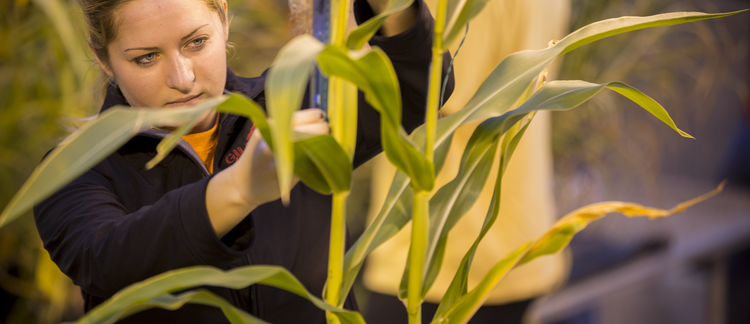Abstract
Land rolling of soybean fields has become a popular practice in north central and northwest Iowa during the past five years. Although this technique was first utilized to push rocks into the ground to avoid combine damage and aid in harvesting lodged crops in Canada, producers in Iowa quickly learned that pushing corn root-balls flat at the time of planting and pushing small rocks into the ground can increase harvest efficiency. Typically fields are rolled shortly after planting. One disturbing trend that was noticed, however, was that rolled fields tended to have more water standing between the rows after moderate or heavy rain events. This would imply that water infiltration was slower in fields that had been rolled compared with fields that had not been rolled. Infiltration measurements were taken on a few plots in 2010 at the ISU Northern Research Farm. It seemed that water infiltration was less on the rolled plots. However, we wanted more measurements before publishing any results. In 2011 infiltration measurements were taken on the research farm and on neighboring farms where soybeans had been rolled. The goal was to determine if water infiltration had been reduced by land rolling.
Keywords: RFR A1188
How to Cite:
Rueber, D. & Holmes, J. D., (2012) “Water Infiltration following Land Rolling of Soybeans”, Iowa State University Research and Demonstration Farms Progress Reports 2011(1).
Downloads:
Download pdf
View PDF
268 Views
93 Downloads

